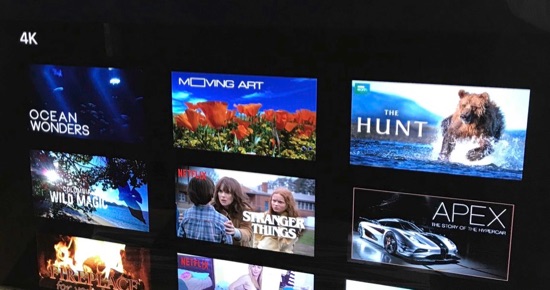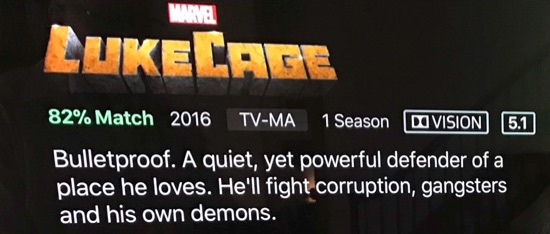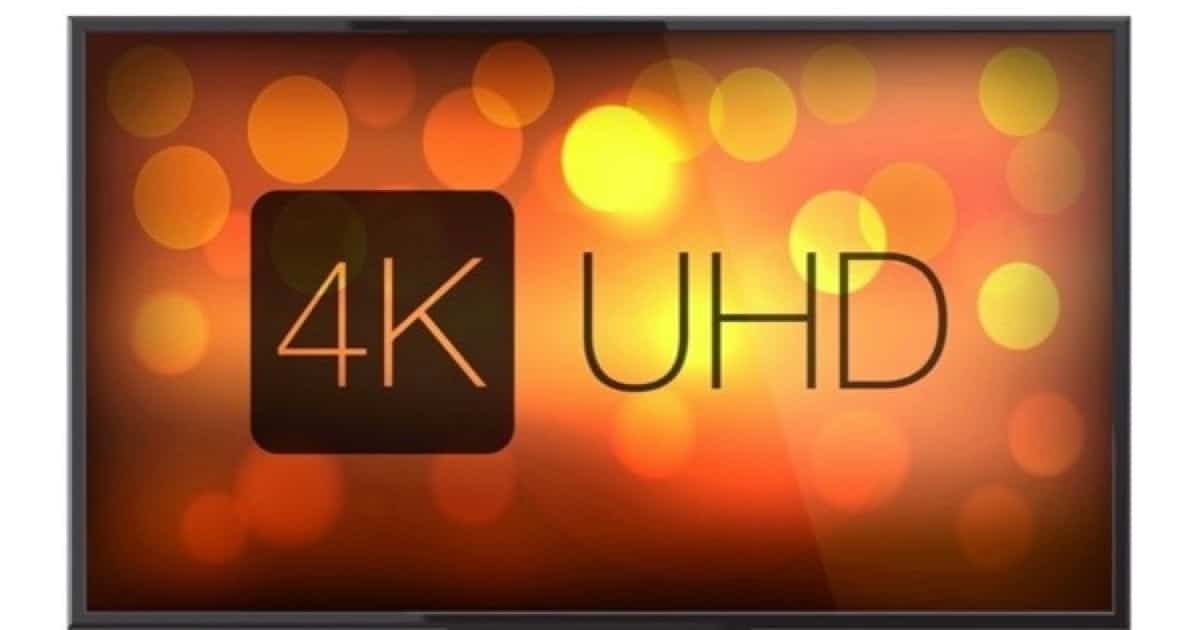Several technical pieces must be in place before you can enjoy 4K/UHD as well as HDR content with your Apple TV 4K and Netflix. Here’s what you need to know.

First, you must have the required hardware.
- An Apple TV 4K.
- A 4K/UHD TV. If HDR is also desired, the TV must support it.
- If you use an AV Receiver for a sound system, it must also support passing through 4K/UHD/HDR content to the TV on the HDMI 2.0a port connected to the Apple TV 4K.
In addition, this page at Netflix describes some additional requirements (#2,3,4). Quoting:
-
A TV that supports either Dolby Vision or HDR and Netflix. (If you use a set-top box to stream Netflix, both the set-top box and TV must support HDR.)
-
A 4 Screen Netflix plan. You can check which plan you’re currently on at netflix.com/ChangePlan.
-
A steady Internet connection speed of 25 megabits per second or faster.
-
Streaming quality set to “High.” More information about video quality settings can be found in our Playback Settings article.
When you set your Apple TV 4K, you’ll want to make sure that Settings > Video and Audio > Video is setup for 4K HDR at 60 Hz. It’s okay to leave the Chroma setting at 4:2:0. Use a tvOS app called Ookla Speed Test to check your connections speed. See “4K/UHD TV and Apple TV 4K Buying Tips.”
If that 4K HDR/60 setting won’t take, it’s probably because the Apple TV is sensing that it can’t deliver that signal, either because of the HDMI cable or the settings of the (optional) AV Receiver or the 4K/UHD TV. You’ll have to do some experimenting or have an expert installer configure your system. Best Buy/Geek Squad or a CEDIA professional are good choices.
Accessing Netflix Content
Once your hardware, network and Netflix account are set up, you’ll see a new entry in your Netflix sections. It’s labelled “Ultra HD 4K.”

Movies in that section, in the information section at the top, are labelled “Ultra HD 4K.” It looks like this:

Even an older 4K/UHD TV from before 2016 can view those movies in basic UHD (3840 x 2160) resolution.
If you’re not satisfied with the movies presented as a scrolling banner, you can use Netflix search and enter the term “4K.” That presents a list like this:

Netflix HDR
Netflix says: “Netflix supports two different HDR streaming formats, Dolby Vision and Ultra HD Premium (HDR).” The second term is typically called HDR10 because it requires a 10-bit color depth. If your 4K/UHD TV supports HDR10, it has a 10-bit color depth.
The first HDR term above, Dolby Vision, is even more advanced. Movies in that format are labeled like this:

(Dolby Vision implies 4K/UHD, so the labeling above avoids redundancy.)
In my first perusals of 4K/UHD content on Netflix, I havn’t seen any labelled Ultra HD Premium “HDR”, but I have seen plenty of movies labeled as “Dolby Vision.” Whether that will change as time goes on, I don’t know. It’s certainly nice to see Netflix fully engaged with Dolby Vision.
Just be aware that not all 4K/UHD TVs support Dolby Vision. And of those that do, some may require a soon-to-be-available firmware update. Also, when tvOS 11.2 ships (soon), your Apple TV 4K will always deliver the HDR format the content is set up for. That part, at least, is automatic.
Wrapping It Up
Getting the most advanced picture with your new Apple TV 4K requires a little bit of engineering. The components, your hardware, your network, and your account settings all have to be in sync. Fortunately, once it’s all set up, you won’t have to do any more configuration. You can just sit back and watch selected titles in glorious 4K/UHD/HDR on Netflix. For further reading, check out how to quit a misbehaving app on Apple TV.
